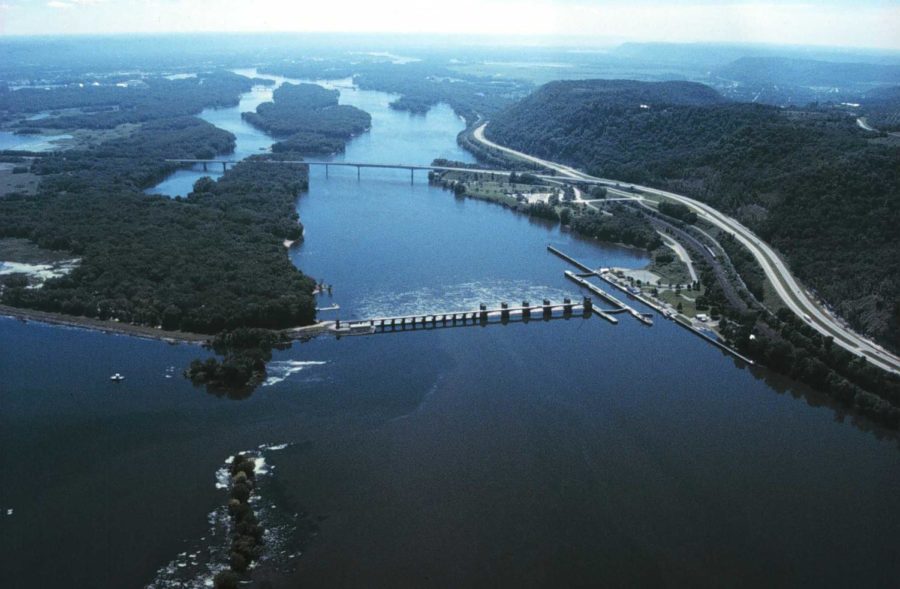Iowa State collaboration to improve local watersheds and conservation efforts
Mississippi
February 20, 2019
Iowa State researchers have been teaming up with the Iowa Department of Agriculture and Land Stewardship and the Iowa Department of Natural Resources (IDNR) to work toward cleaner watersheds across the state of Iowa.
In 2008, the Environmental Protection Agency (EPA) released the Gulf Hypoxia Action Plan that called on 12 states bordering the Mississippi River to reduce the amount of nitrogen and phosphorus that flows into the river. In response to the EPAs request, Iowa established the Iowa Nutrient Reduction Strategy (INRS) in 2012.
J. Gordon Arbuckle Jr., extension rural sociologist, and Laurie Nowatzke, measurement coordinator for the INRS, have taken an active role in research regarding the INRS.
Through their roles of lead principal investigator and measurement coordinator respectively, the pair has co-authored a study highlighting the data gathered from the strategy.
“Agriculture is a really great lens to view environmental challenges because agriculture is a direct interaction between humans and nature,” Nowatzke said.
Arbuckle Jr. and Nowatzke helped survey farmers for a five year period around the state focusing on awareness, progress and barriers to the strategy.
Although the program is still young, Arbuckle Jr. and Nowatzke said they have seen growth in the areas of recommended practices, such as cover crops, no-till, nitrogen application in the spring, research and data and through the partnerships that continue to develop.
Some of these partnerships are through organizations like the Iowa Department of Agriculture and Land Stewardship, IDNR and Iowa State Extension and Outreach. These groups set up numerous programs for farmers to take part in and learn about various conservation methods.
Results from the research show that farmers who are involved and informed about conservation are more likely to practice them. Two methods to help contain nutrients within the soil are the use of cover crops and no-till.
Arbuckle Jr. said that only 4 percent of Iowa’s land uses cover crops and about 30 percent practice no-till.
Arbuckle Jr. and Nowatzke said there is still a majority of farmers who are not aware of conservation methods to improve local watersheds.
“How do we get beyond preaching to the choir and get farmers who may not be walking into their local USDA service center asking for help on conservation, how do we get them to walk in the door?” Arbuckle Jr. said.
Through the establishment of local watershed groups, branching out to different agriculture retailers, and using aerial imagery and satellite data, researchers are able to pinpoint specific areas that are not practicing nutrient reducing practices to help solve this problem. These methods are helping the INRS gain more traction in their conservation efforts.
While there continues to be movement in the right direction, Arbuckle Jr. and Nowatzke said they would like to see the project accelerate.
Through the continual growth in partnerships with various local and state conservation organizations, a wider audience can be reached to spread the word on effective nutrient reducing strategies.
“What the survey tells us [is] when farmers actively participate in those [conservation-based] groups, they are more likely to adopt cover crops and other practices as well,” Nowatzke said.







